Rising Healthcare Expenditure
The increase in healthcare expenditure across various regions is a critical driver for the Carpal Tunnel Syndrome Drug Market. As healthcare budgets expand, there is a greater allocation of resources towards the treatment of chronic conditions, including CTS. This trend is particularly evident in developed economies, where healthcare systems are increasingly prioritizing the management of musculoskeletal disorders. Consequently, patients are more likely to seek medical attention and treatment for CTS, leading to a surge in demand for pharmaceutical interventions. This growing investment in healthcare is expected to bolster the Carpal Tunnel Syndrome Drug Market, as more individuals gain access to necessary treatments.
Enhanced Awareness and Education Initiatives
Enhanced awareness and education initiatives regarding Carpal Tunnel Syndrome are playing a pivotal role in driving the Carpal Tunnel Syndrome Drug Market. Various organizations and healthcare providers are actively promoting information about the symptoms, risk factors, and treatment options available for CTS. This increased awareness is likely to lead to earlier diagnosis and treatment, as individuals become more informed about their health. Furthermore, educational campaigns are encouraging preventive measures, which may reduce the overall incidence of CTS but simultaneously increase the demand for effective drugs among those already affected. As awareness continues to grow, the Carpal Tunnel Syndrome Drug Market is expected to experience sustained growth.
Technological Advancements in Drug Development
Technological innovations in drug development are significantly influencing the Carpal Tunnel Syndrome Drug Market. The advent of advanced biopharmaceuticals and targeted therapies has opened new avenues for treatment. For instance, the use of biologics and gene therapy is being explored to provide more effective and personalized treatment options for CTS. Additionally, the integration of artificial intelligence in drug discovery processes is streamlining the development of new medications, potentially reducing time-to-market. As these technologies evolve, they may lead to the introduction of novel drugs that could transform the therapeutic landscape for Carpal Tunnel Syndrome, thereby driving growth in the market.
Increasing Prevalence of Carpal Tunnel Syndrome
The rising incidence of Carpal Tunnel Syndrome (CTS) is a notable driver for the Carpal Tunnel Syndrome Drug Market. As more individuals engage in repetitive tasks, particularly in office environments and manufacturing, the number of diagnosed cases continues to grow. According to recent estimates, CTS affects approximately 3 to 6% of the population, leading to a heightened demand for effective treatment options. This trend is further exacerbated by an aging workforce, as older individuals are more susceptible to developing CTS. Consequently, pharmaceutical companies are likely to invest in research and development to create innovative drugs that address this condition, thereby expanding the Carpal Tunnel Syndrome Drug Market.
Growing Demand for Non-Surgical Treatment Options
There is a discernible shift towards non-surgical treatment options for Carpal Tunnel Syndrome, which is propelling the Carpal Tunnel Syndrome Drug Market. Patients increasingly prefer conservative management strategies, such as corticosteroid injections and oral medications, over surgical interventions. This trend is supported by a growing body of evidence suggesting that many patients experience significant relief from symptoms through non-invasive treatments. As a result, pharmaceutical companies are focusing on developing and marketing drugs that cater to this demand, which is likely to enhance their market presence and profitability within the Carpal Tunnel Syndrome Drug Market.


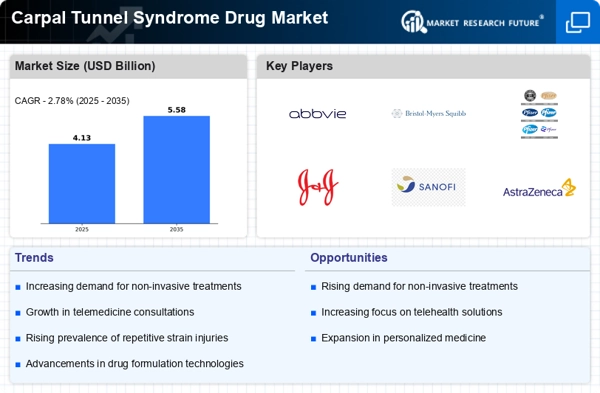
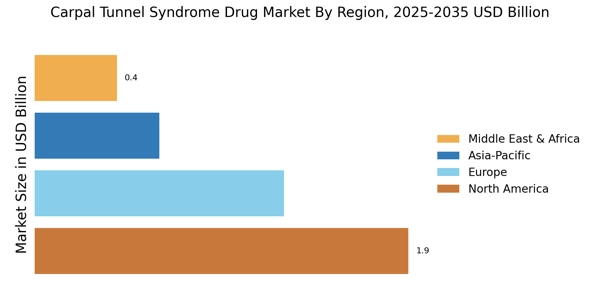
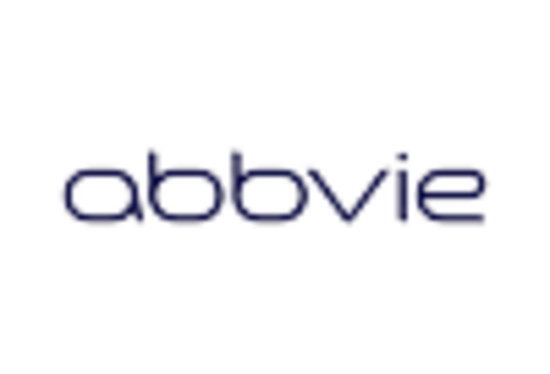
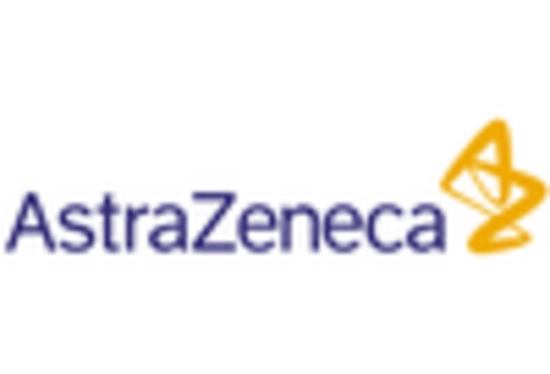



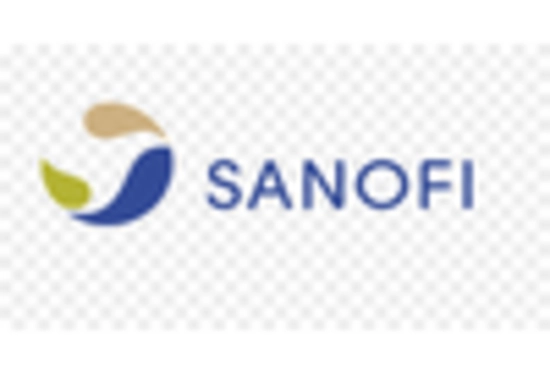








Leave a Comment